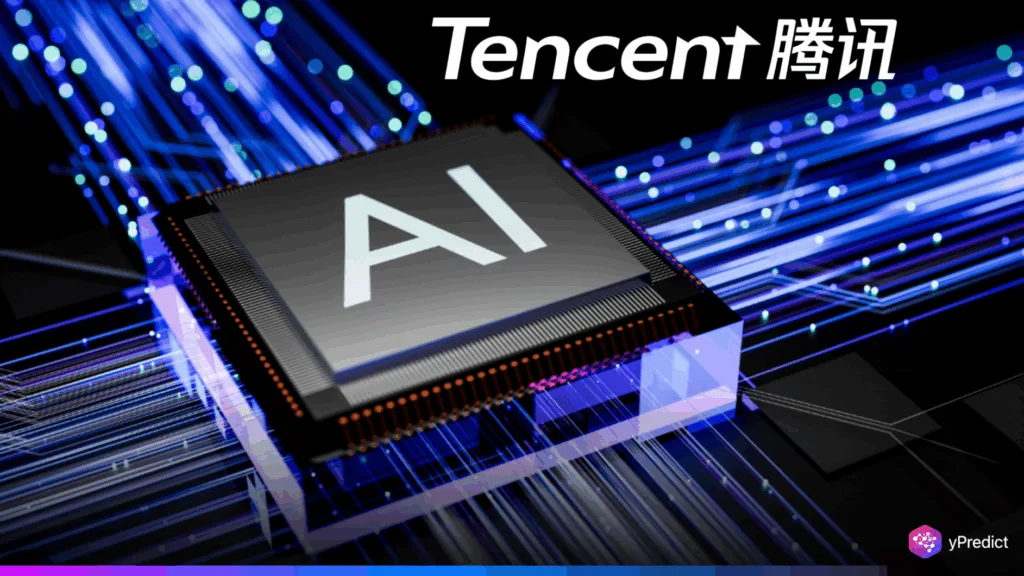
Chinese tech giant Tencent claims it has enough high-end AI chips to continue training models for years, despite US-imposed chip sanctions. On its Q1 2025 earnings call, President Martin Lau revealed the company’s shift away from the traditional “scaling law” approach favored by American tech firms, favoring instead a more efficient training strategy that reduces hardware demand.
Tencent Says It Has Years’ Worth of AI Chips
Tencent’s President Martin Lau told investors that the company had acquired a large stockpile of GPUs prior to tightened US export controls and is now leveraging them more efficiently than ever. “We should have enough high-end chips to continue our training of models for a few more generations going forward,” Lau said.
Rather than chasing ever-larger GPU clusters, Tencent is optimizing its training techniques. “We can actually achieve very good training results with a smaller cluster,” Lau explained, signaling a major departure from the conventional AI development methods adopted in the West.
Software Optimization Over Silicon Spending
Tencent’s evolving strategy prioritizes software-side enhancements and inference efficiency to stretch GPU capabilities. By doubling inference efficiency, for example, the company effectively doubles chip capacity without buying new hardware.
This approach also supports smaller, application-specific models that don’t require massive training infrastructure. “We need to spend more time on the software side rather than just force buying GPUs,” Lau noted, underlining the company’s shift to leaner, smarter AI development.
At the same time, Tencent is exploring non-GPU alternatives like ASICs and Chinese-compliant chips for smaller models, reinforcing its independence from Western technology providers.
Cloud Strategy and Revenue Surge Fuel Optimism
Interestingly, CEO Pony Ma offered a slightly different view, noting that GPU rentals tied to Tencent’s cloud services are now a lower priority. He emphasized that GPU rental is “more like a reselling business,” and not core to Tencent’s AI plans. This distinction suggests a strategic pivot—focusing on internal capabilities over monetizing hardware access.
Despite chip constraints and global trade tensions, Tencent reported 13% year-over-year revenue growth to $25.1 billion and a 20% rise in gross profit to $14 billion in Q1. The company boasts over 1.4 billion monthly users of its WeChat and Weixin platforms, fueling its advertising and e-commerce push through generative AI tools.
Its upgraded ad tech and mini-shop integrations are turning more user attention into monetized activity—highlighting how smarter AI is already boosting results, even under hardware pressure.
Stimulus vs Tariffs
Looking ahead, Tencent executives remain cautiously optimistic. Lau believes consumer spending has bottomed out and is poised to recover, but rising US-China trade tensions remain a wild card.
The company expects Chinese government stimulus to counterbalance tariff effects, especially on tech exports. Still, Tencent will need to navigate the uncertainty of US policies targeting its gaming and AI businesses.
Regardless of trade risks, Tencent’s ability to maximize existing chip assets could prove a blueprint for surviving tech sanctions—and thriving in a post-scaling AI world.






